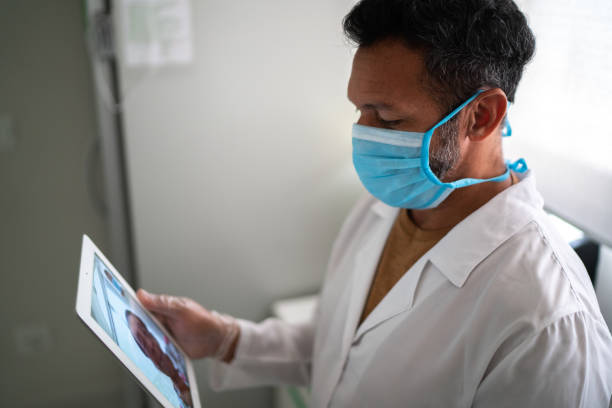Patient Monitoring: Customized Solutions for Young Patients
In the realm of pediatric healthcare, ensuring the well-being of young patients requires specialized attention and care. Pediatric patient monitoring solutions play a pivotal role in this regard, offering tailored approaches to monitoring vital signs and health parameters. Let's delve into the significance of these solutions and how they cater to the unique needs of pediatric patients.

Understanding the Unique Challenges
Pediatric patients present unique challenges compared to adults, including variability in vital signs, size differences, and the need for age-appropriate care. Traditional monitoring methods designed for adults may not always be suitable for children, necessitating specialized solutions that cater to their distinct physiological characteristics and requirements.
Customized Monitoring Technologies
Pediatric patient monitoring solutions encompass a range of technologies and devices specifically designed for young patients. These may include pediatric-sized vital sign monitors, wearable sensors, and specialized equipment for monitoring respiratory and cardiac functions. These tailored technologies ensure accurate and reliable monitoring while minimizing discomfort for pediatric patients.
Importance of Non-Invasive Monitoring
One of the key considerations in pediatric patient monitoring is the importance of non-invasive techniques. Children, especially infants and toddlers, may be sensitive to invasive procedures, making non-invasive monitoring methods preferable. Non-invasive sensors and monitors allow healthcare providers to gather essential data without causing undue stress or discomfort to pediatric patients.
Remote Monitoring Capabilities
In today's digital age, remote monitoring capabilities have become increasingly valuable, especially for pediatric patients with chronic conditions or those requiring long-term care. Pediatric patient monitoring solutions often integrate remote monitoring features, enabling healthcare providers to track patients' health status from a distance and intervene promptly when necessary.
Pediatric-Friendly Design
Apart from functionality, the design of patient monitoring solutions for pediatrics is crucial. Devices should be child-friendly in appearance and operation, helping to alleviate anxiety and promote cooperation during monitoring sessions. Bright colors, engaging interfaces, and interactive elements can contribute to a positive experience for pediatric patients and their caregivers.
Ensuring Safety and Accuracy
Above all, pediatric patient monitoring solutions prioritize safety and accuracy. Rigorous testing and validation ensure that devices meet the highest standards for pediatric healthcare. Calibration for age and size-appropriate measurements, as well as algorithms tailored to pediatric physiology, enhance the reliability of monitoring data and support clinical decision-making.
Conclusion
Pediatric patient monitoring solutions play a vital role in optimizing the care and treatment of young patients. By addressing the unique challenges and requirements of pediatric healthcare, these tailored solutions ensure accurate, non-invasive, and child-friendly monitoring experiences. As technology continues to advance, pediatric patient monitoring will undoubtedly evolve, further enhancing the quality of care and outcomes for pediatric patients worldwide.



Comments
Post a Comment